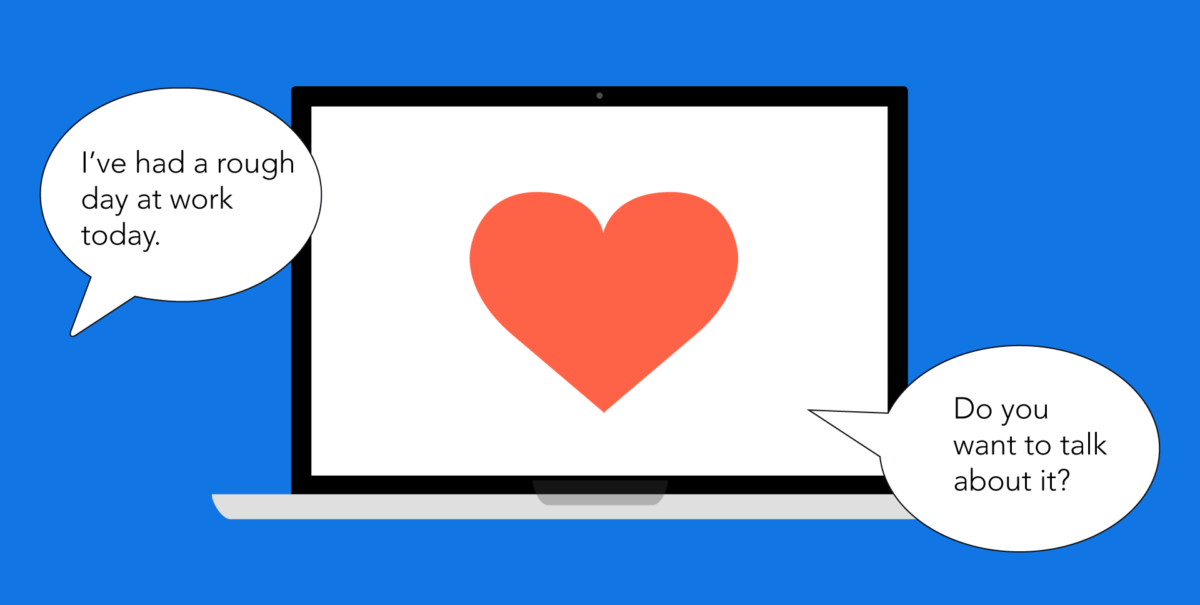Businesses of all kinds are investing in artificial intelligence to improve operations and customer experience. However, as we are all experiencing on a daily basis, the inefficiencies caused by miscommunications between humans and machines can be frustrating. (Morgan, 2018). To build trust between them, El Kaliouby, the founder and CEO of emotion AI company Affectiva, thinks that empathy is key. (Moore, 2018).
Emotional recognition is an easier problem to solve than emotional empathy because, as it can be shown through many examples, machine learning systems can learn to recognize patterns that are associated with a particular emotion. However, recognition is not the same as understanding, and understanding is not empathy. Therefore, artificial empathy, or affective computing, raises the question of whether machines are capable of experiencing emotions. However, artificial emotional intelligence and its advancement are important and necessary to the advancement of artificial intelligence. (Morgan, 2018).
A leading market research firm, Zion Market Research, recently added industry report on “Affective Computing Market: Global Industry Analysis, Size, Share, Growth, Trends, and Forecasts 2016–2024” which offers comprehensive research updates and information related to market growth, demand, opportunities in the global Affective Computing Market. (Allan, 2018).
This empathetic technology is already being used in market research and advertising. According to the CEO of Affectiva, nearly a quarter of all Fortune 500 companies already use artificial intelligence to assess the emotional impact of their advertisements. Among other examples, artificial empathy can also be used by teachers to measure how well students are absorbing their lessons, by doctors to help assess the mental health of their patients, and in cars to take the wheel from a drowsy driver. (Moore, 2018).
In my opinion, substantive improvements in this industry are needed in order to implement it on a large scale. Moreover, in the wrong hands, this kind of technology might be used in a way that is detrimental to some users, which also raises the question of the neutrality of technology.
What is your opinion on this? Do you think such technologies can remain neutral and give so much power to the people who can afford it? In what ways could advanced artificial empathy be used in order to limit its potential dangers?
References
Allan. (2018). Global Affective Computing Market Size, Trends and Opportunities Forecast, 2016-2024. [online] Retrieved from https://zmrnewsjournal.us/21790/global-affective-computing-market-size-trends-and-opportunities-forecast-2016-2024/
Moore. (2018). Artificial Intelligence Needs Empathy to Work. [online] Retrieved from http://fortune.com/2018/09/24/artificial-intelligence-needs-empathy-to-work/
Morgan. (2018). AI Challenge: Achieving Artificial Empathy. [online] Retrieved from https://www.informationweek.com/big-data/ai-machine-learning/ai-challenge-achieving-artificial-empathy/a/d-id/1331628


